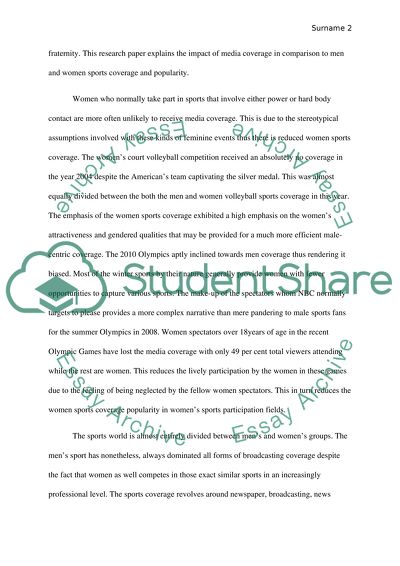Cite this document
(“MEN VERSUS WOMEN SPORTS COVERAGE AND POPULARITY Case Study”, n.d.)
Retrieved from https://studentshare.org/journalism-communication/1496667-men-versus-women-sports-coverage-and-popularity
Retrieved from https://studentshare.org/journalism-communication/1496667-men-versus-women-sports-coverage-and-popularity
(MEN VERSUS WOMEN SPORTS COVERAGE AND POPULARITY Case Study)
https://studentshare.org/journalism-communication/1496667-men-versus-women-sports-coverage-and-popularity.
https://studentshare.org/journalism-communication/1496667-men-versus-women-sports-coverage-and-popularity.
“MEN VERSUS WOMEN SPORTS COVERAGE AND POPULARITY Case Study”, n.d. https://studentshare.org/journalism-communication/1496667-men-versus-women-sports-coverage-and-popularity.


